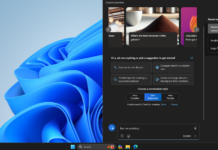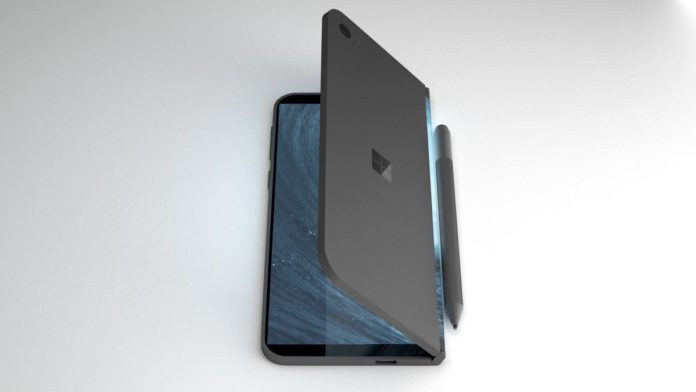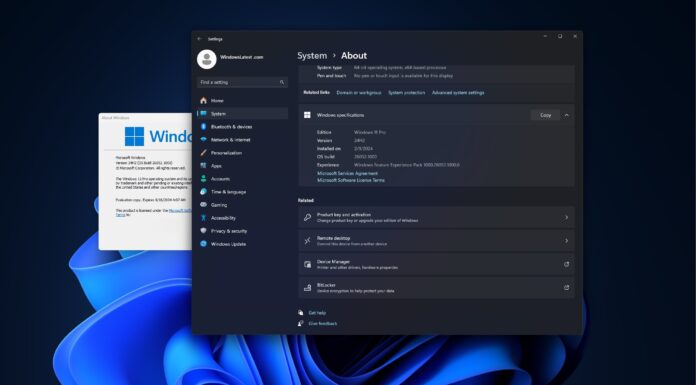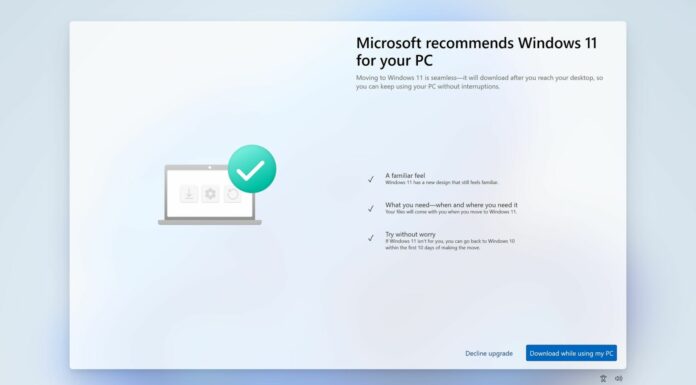Last week, a bunch of new patents for Microsoft’s foldable or dual-screen mobile devices were published on USPTO. The patents have revealed the ideas that Microsoft inventors have imagined for the company’s dual-screen device but as it is the case with all patent applications, there is no guarantee that this patented device will ever make it into a consumer product.
There are two new patents that went unnoticed and both were published by USPTO on November 15. The first patent details a dual-screen device with the ability to adjust the volume and the second patent appears to detail another dual-screen device that can display data on first or second display simultaneously.
A dual-screen device with advanced volume control
The patent titled “VOLUME ADJUSTMENT ON HINGED MULTI-SCREEN DEVICE” was published on November 15 and it appears to detail a device featuring two displays, a front-facing camera on the first display and another front facing camera on second display. It also features a speaker.
In the background section of the patent application, Microsoft explains the audio volume problems that many customers may have experience when using mobile computing devices.
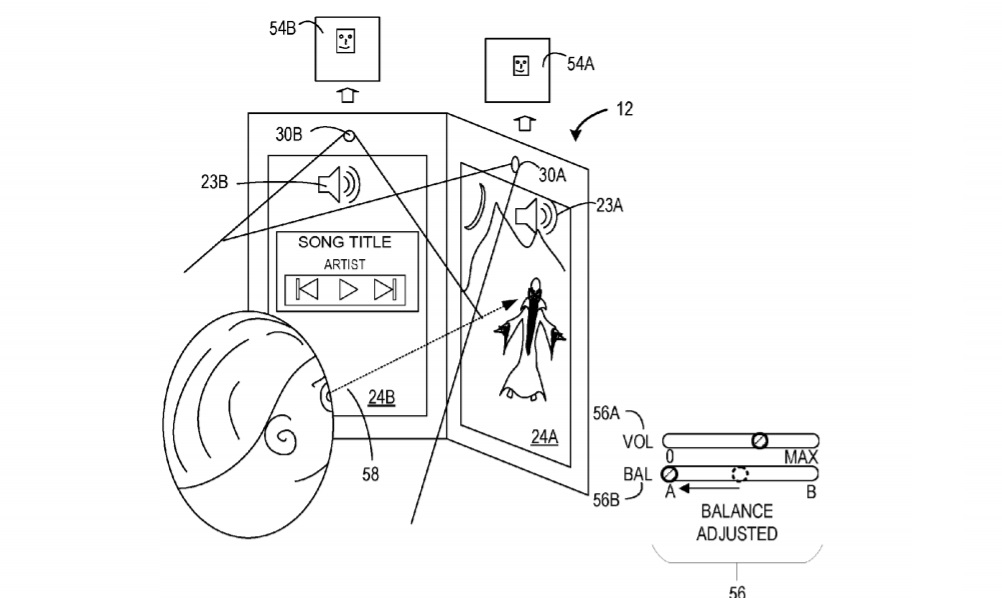
“Users interact with multi-screen mobile devices throughout a variety of positions, including holding the device vertically, holding the device with a primary screen facing toward the user, holding the screen with a second screen facing toward the user, and other positions and orientations. When viewing content on the screens in these varying positions, users may encounter challenges adjusting the audio volumes of different applications executed on each of the screens, or different audio-enabled graphical user elements displayed on each of the screens,” Microsoft writes.
To address the above problem, Microsoft has managed to figure out an innovative solution. Interestingly, the patented device is configured to perform face detection on a first and a second image to adjust an audio setting based on a result of the face detection.
“The mobile computing device may include a housing having a first part and a second part, the first part including a first display and a first forward facing camera, and the second part including a second display and a second forward facing camera, wherein the first part and the second part are coupled by a hinge configured to permit the first and second displays to rotate between angular orientations from a face-to-face angular orientation to a back-to-back angular orientation, a sensor mounted in the housing and configured to measure a relative angular displacement between the first and second parts of the housing, at least one speaker mounted in the housing, and a processor mounted in the housing and configured to display a first graphical user interface element having an associated first audio stream on the first display and to display a second graphical user interface element having an associated second audio stream on the second display, wherein the first and second forward facing cameras are configured to capture respective first and second images, and the processor is configured to perform face detection on the first and second images, adjust an audio setting based on a result of the face detection, and play the first and second audio streams out of the at least one speaker based on the adjusted audio setting,” Microsoft explains.
Synchronized display
The second patent titled “SYNCHRONIZED DISPLAY ON HINGED MULTI-SCREEN DEVICE” was detailed by the USPTO last week and it shows off a dual-screen device.
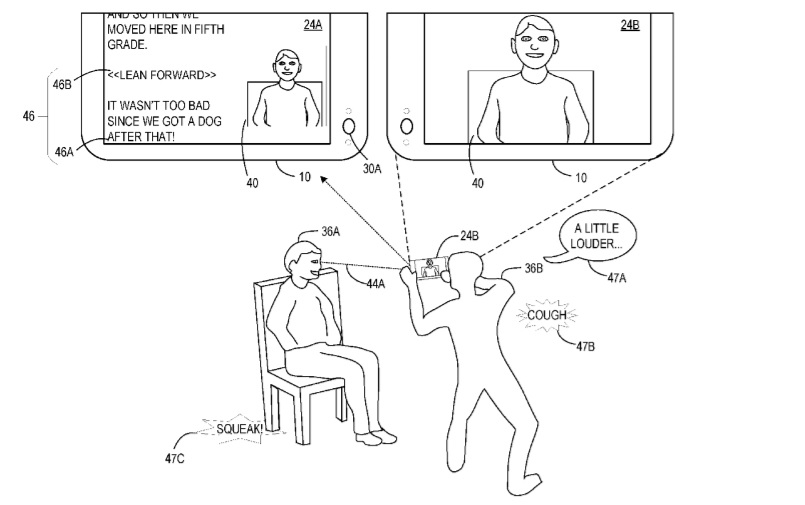
This patented device is configured to cause the second display to display the image data while simultaneously causing the first display to display the image data and secondary content.
Microsoft has explained the patent application below:
“A mobile computing device is provided that comprises a housing having a first part and a second part coupled by a hinge, the first part including a first display and the second part including a second display, wherein the hinge is configured to permit the first and second displays to rotate between angular orientations from a face-to-face angular orientation to a back-to-back angular orientation. The mobile computing device further includes a camera mounted in the first part of the housing and configured to capture image data, the camera and the first display both facing a first direction, and a processor mounted in the housing. In the back-to-back angular orientation, the processor is configured to cause the second display to display the image data while simultaneously causing the first display to display the image data and secondary content.”
The ideas are really interesting but as it is a patent, we don’t know if it will convert into a consumer product. According to the rumours, we are likely several months away from seeing a device that might incorporate two displays and a hinge.



